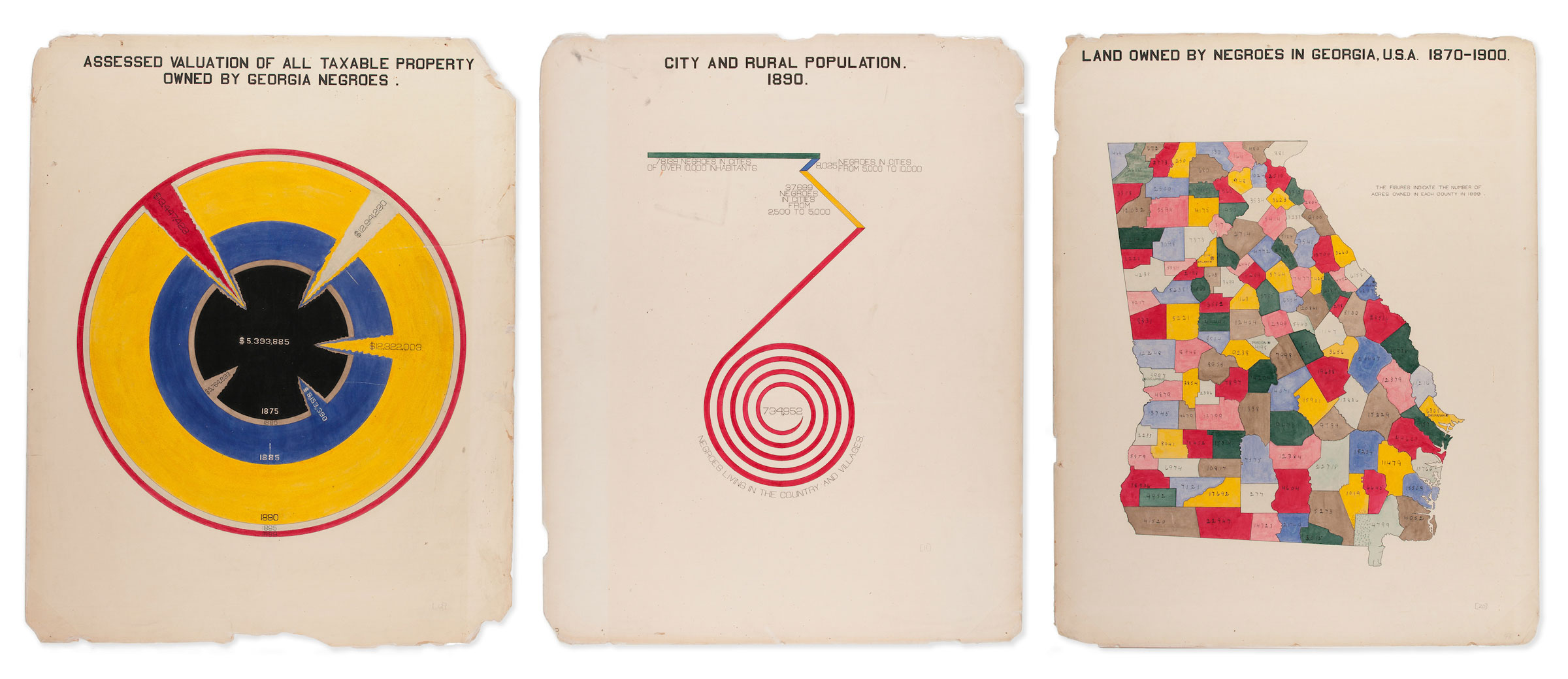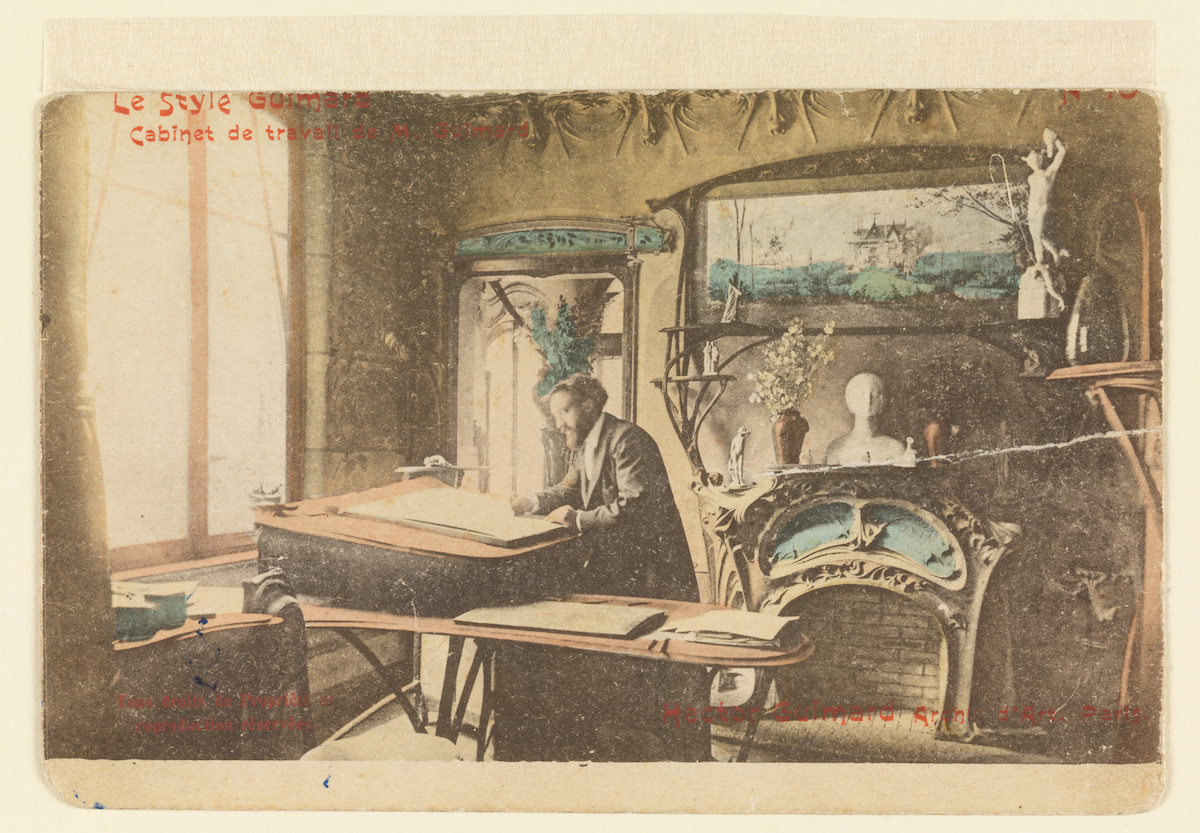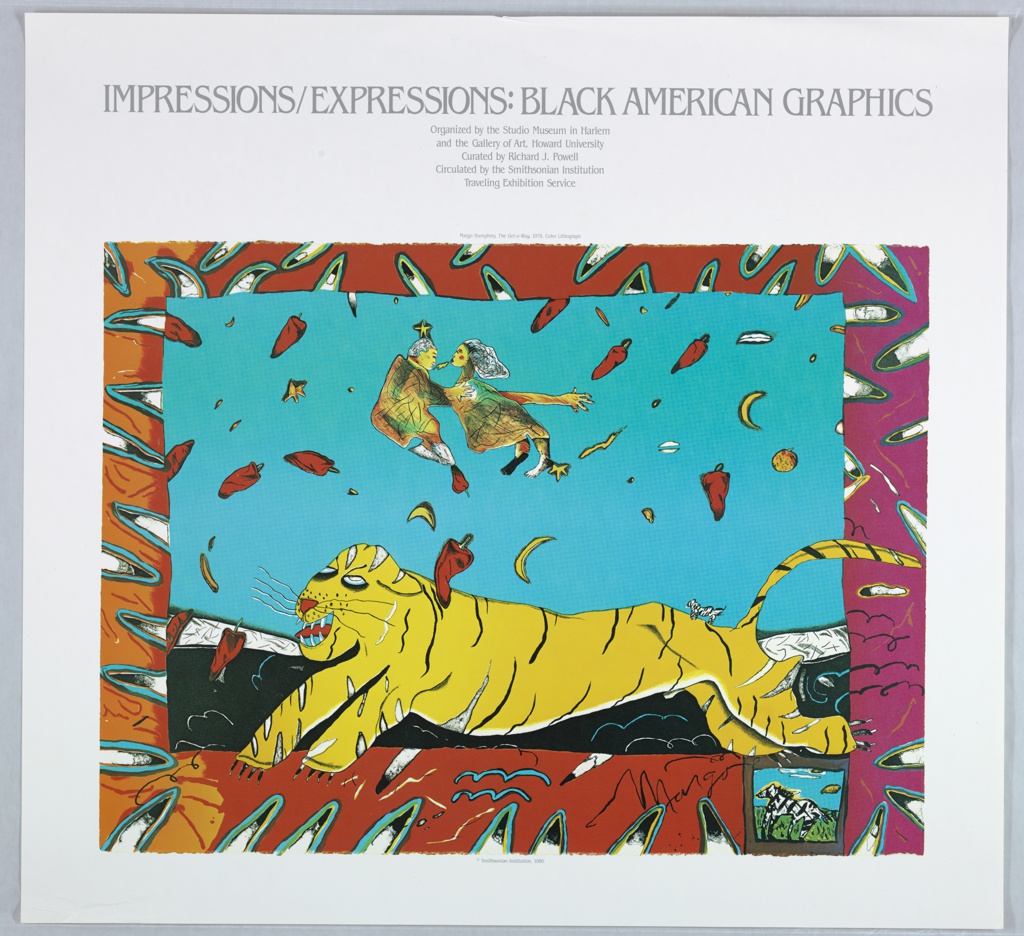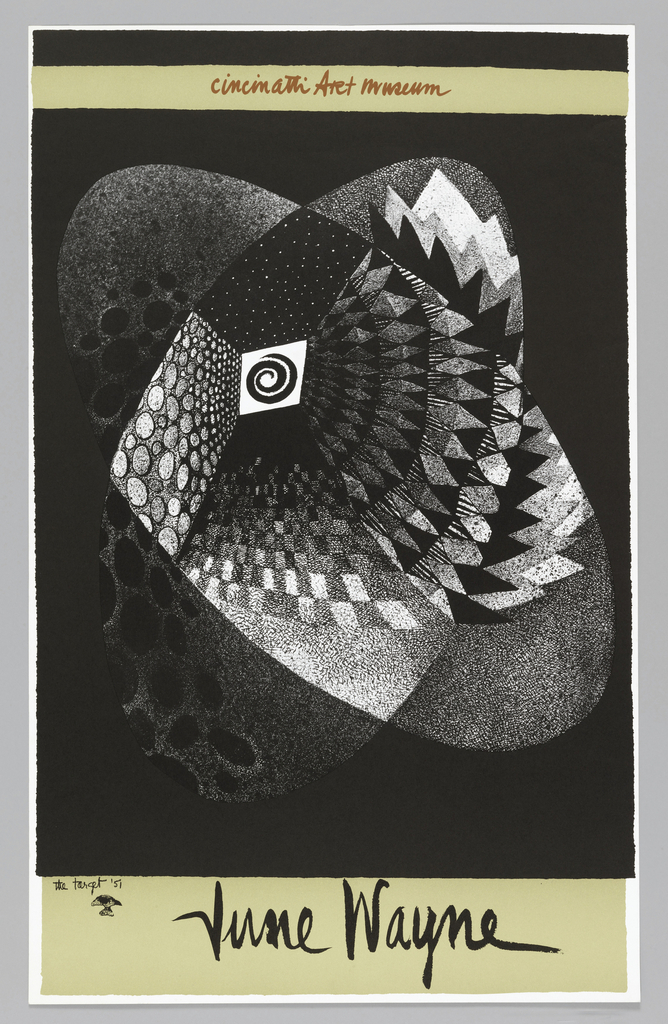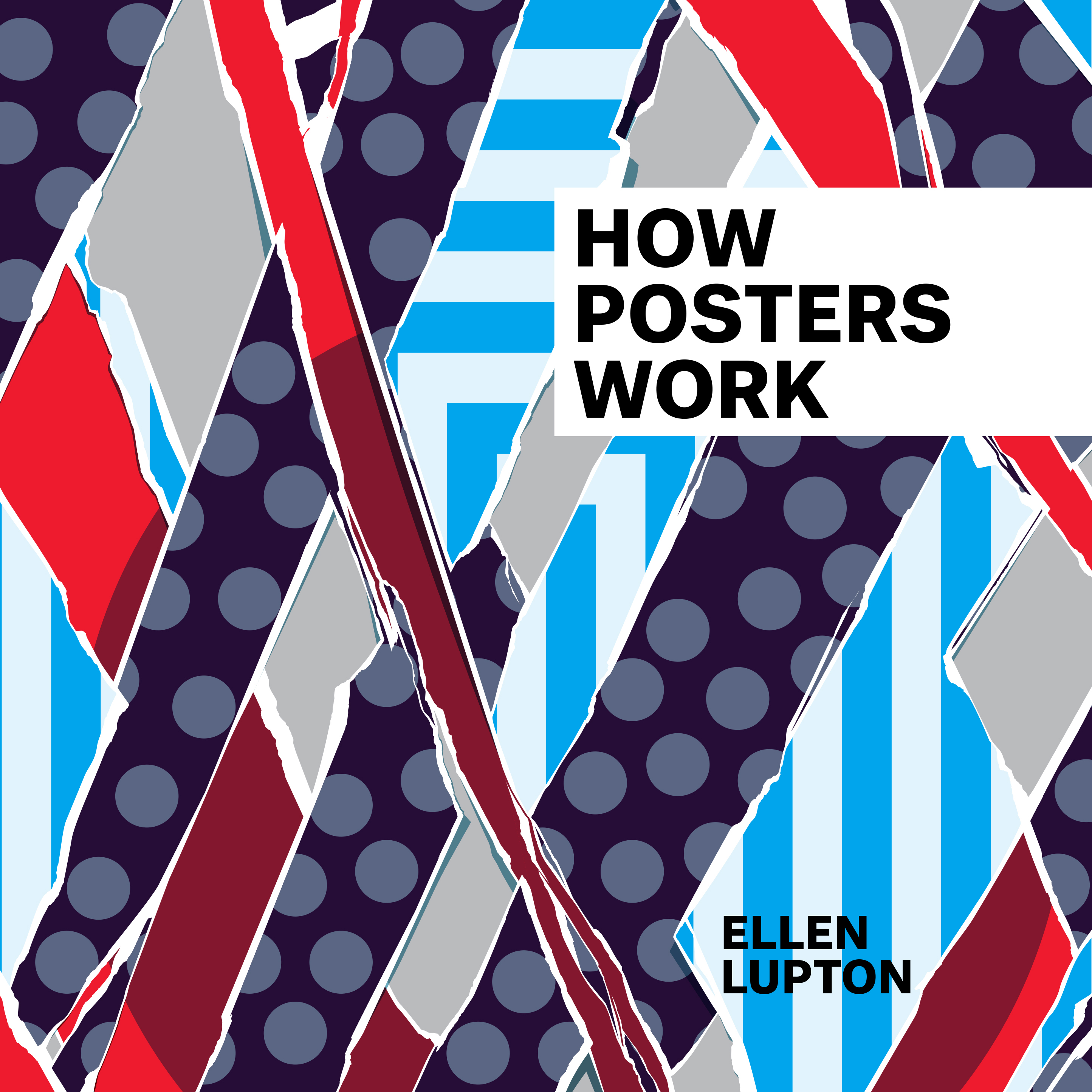Symbols are important communication tools in our daily lives, constantly evolving based on new needs and users. Symbols have the power to instruct, protect, entertain, connect, and even divide us. From 1969 to 1972, the visionary designer Henry Dreyfuss (American, 1904–1972) oversaw the making of the Symbol Sourcebook: An Authoritative Guide to International Graphic Symbols,...
In the mid-1960s, Madeleine Moore-Burrell began her career in industrial design at Henry Dreyfuss’s firm in New York City, where she was the only woman of color on staff. She contributed to the design of important new symbols for major clients including American Airlines, John Deere, Polaroid, and Singer Manufacturing Company. Her symbols for camera...
Emoji are picture-based characters that have transformed our online communication by instantly conveying details about who we are, how we are feeling, and what we believe in. The governing body Unicode Consortium annually approves and standardizes each new emoji, but anyone can submit a design. Watch and hear the stories of designers who have made...
Deconstructing Power: W. E. B. Du Bois at the 1900 World’s Fair places decorative arts from Cooper Hewitt’s permanent collection in dialogue with 20 of W. E. B. Du Bois’ innovative data visualizations. On loan from the Library of Congress, these groundbreaking visualizations document the progress of Black Americans and life inside the veil of systemic...
A photo album in Cooper Hewitt’s collection documents the construction of a prototype house in Paris, France, that demonstrates the principles of Standard-Construction, a patented modular building system designed by French architect Hector Guimard in the early 20th century. Like many architects of his time, Guimard explored the possibility for standardization and prefabrication to streamline...
Susan Brown, Associate Curator and Acting Head of Textiles, leads a virtual walk through of Contemporary Muslim Fashions. INTRODUCTION Contemporary Muslim Fashions explores how Muslim women are reshaping the fashion industry to be more inclusive. As designers and entrepreneurs, they have shown that clothing can be on-trend and still meet the needs of diverse wearers. As...
In October of 1979, an exhibition entitled Impressions/Expressions: Black American Graphics opened at the Studio Museum in Harlem. The show, associated with the second annual “Survival of the Black Artist” Fine Arts Festival, later traveled to Howard University—alma mater of the exhibition’s 26 year-old curator, Richard J. Powell.[1] The first survey of its kind, Impressions/Expressions...
In celebration of Women’s History Month, March Object of the Day posts highlight women designers in the collection. In September of 1969, the Cincinnati Art Museum hosted a retrospective exhibition dedicated to the work of June Wayne (1918-2011). Although Wayne’s prolific design practice spanned multiple media, today she is especially celebrated for her work as...
Whether an advertisement or call to action, posters have long been used to grab a viewer’s attention. Spanning over a century of graphic design from the collection, How Posters Work, an exhibition here at the Cooper Hewitt (May 8 – November 29, 2015), celebrates the form by considering how designers turn a creative idea into...



